I confess!
I swiped this Body Language Cheat Sheet for Writers from Archtype Writing.com–a website that bills itself as “The Fiction Writer’s Guide to Psychology” … but they told me I could reproduce it freely for educational purposes, so I guess that keeps things legal. 😉
Either way, it was too good to pass up because it relates to so many of the writing skills we’ve discussed: adding depth to characters, fleshing out motivation/reaction units by showing emotions instead of telling, and adding vivid language that draws readers into a scene by inserting meaningful beats into sections of dialogue.
Of course, all body language must be considered in context, but if you’ve set your scene and established your characters, a little body language can help bring your scene to life!
Draw from these categories, or click on the links above to learn more.
Anger is one expression of fight-or-flight mode — an automatic, instinctive reaction to a threat. In many cases, there is an underlying fear of being harmed. Thanks to autonomic nervous system arousal, the heart rate increases, pupils dilate, and the face may flush. Other signs of anger:
- Balling the fists
- Crossing the arms tightly
- Clenching the fists once arms are crossed
- Tight-lipped smile
- Clenched teeth
- Shaking a finger like a club
- Stabbing a finger at someone
Attraction
- Pupils dilate
- Women will cross and uncross legs to draw attention to them
- Mirroring – (usually unconsciously) mimicking the other person’s body language
Closed to Conversation
- Keeping the hands in the pockets (esp. men)
- Arms and legs crossed
- Sitting back
- Folding the hands together on a table (creates a barrier)
- The “figure-four” leg cross (setting the ankle of one leg on the knee of the other) and then grabbing the lower half of the top leg with both hands.
Openness and Honesty
- Exposure of the palms
- Arms and legs unfolded
- Leaning forward
Submissive Signals
- Smiling – that’s why some people smile when they’re upset or afraid
- Slumping the shoulders
- Doing anything to appear smaller
Distress
- Men in particular have a tendency to stroke or rub the nape of the neck when they’re upset. It acts as a self-soothing gesture to deal with a “pain in the neck.”
- Crossed arms – arms act like a protective barrier
- Self-hugging – arms are crossed, hands gripping upper arms
- One-arm cross – one arm crosses the body to hold or touch the other arm – women keep a hand on a purse or bag strap to make this look more natural
- Clutching a purse, briefcase, or bag with both arms
- Adjusting cuffs or cuff-links (men’s version of the purse-strap grab)
- Folding the hands together in front of the crotch (men)
Lying causes a subtle tingling in the face and neck, so the gestures below are attempts to eliminate that feeling
- Covering the mouth – can be like a shh gesture, or they may cover the mouth completely – some people try to cover it by coughing
- Touching or rubbing the nose or just below the nose – often a quick, small gesture, not a scratch
- Rubbing the eyes (especially men)
- Scratching the neck with the index finger
Superiority, Confidence, Power, Dominance
- Steepling the fingers (aka setting the tips of the fingers together)
- Folding the hands behind the back
- Thumbs sticking out from pockets when hands are in pockets (can be front or back pockets)
- Hands on hips
- Straddling a chair
- Hands folded behind the head while sitting up
Exercise:
In a section of one of your works in progress, can you find places where you might incorporate one body language reference? Three? Five?
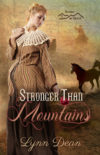
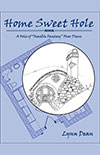
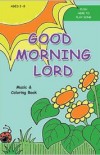
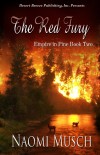
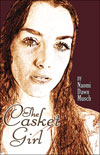
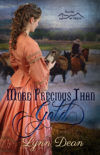
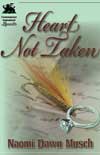

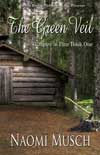







Speak Your Mind
You must be logged in to post a comment.